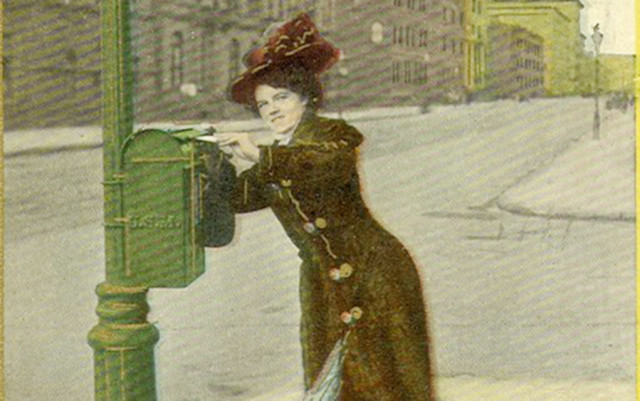
Bicyclists for people
Recently in Boulder Weekly, Gary Wockner submitted a guest opinion titled “Bicyclists Against Density,” (Re: Guest Column, Sept. 12, 2019). Rather than focusing on how people and bikes can create a great city, Gary continues the theme found in his other writing, that we “should build a wall of nature” to prevent more people from moving to Colorado, and that Boulder should “stop luring more people, more cars and more businesses” to make biking better. In laying out his vision for Boulder, Gary forgets that the joy of riding bikes is about people, places and community.
The safety of people on bikes is the highest priority. Given the steady rise of death and serious injury across the country to people biking and walking, Boulder and most American communities are not doing enough to make people safe. Increases in vehicle size, distracted driving and the number of miles driven all contribute to a dangerous environment for anyone not in a car.
But Mr. Wockner’s assertion that a lower-density city would fix the problems of automobiles are at odds with the evidence. American cities of all shapes, sizes and densities have seen huge increases in traffic fatalities. Low traffic rural roads did not prevent the killing of my friend Mark Jilka, who was hit by a distracted driver in Kansas in 2014. Low density roads did not prevent the serious injury of Bernie Bernstein, a Boulder resident left for dead in a hit-and-run while returning from his bike commute to Erie earlier this year. Boulder’s built environment has perpetuated deadly automobile-centric design for decades and we must find the will to fix it.
What makes Boulder a good city for biking are places nearby you can ride. Our urban growth boundary has greatly reduced the city from sprawling, creating a compact and intimate place that’s ideal for biking. Whether it’s riding bikes downtown for happy hour, to the grocery store or to go on a hike, putting people close to the places and services they need makes biking a great choice. I grew up in the spread-out suburbs outside St. Louis where people did not live close to where they worked, shopped or played. Everyone drove.
Lastly, people and community are the bond that makes bicycle-friendly cities amazing. Not a week goes by when I don’t see several of my friends around Boulder while on bike. Whether stopping to chat or riding together to our destinations, community is what makes biking so great. That many of my friends live a short distance away by bike is such a pleasure. Imagine how much healthier our community would be if we invested in safe bike infrastructure for everyone, so that time spent in cars was minimized and more people could get around by biking and walking.
Rather than trying to exclude people from living here, Boulder needs to grow in a way that includes families, teachers, young and old people who can live nearby and ride bikes daily.
Let’s focus on the problem we agree upon: that a city full of automobiles is not a city that is good for people. In order to move forward, we can’t continue with the same type of thinking that built Boulder’s auto-oriented past. The way forward has little to do with density and everything to do with putting people first. If we want a better city for bicycling, then we have to create that better city.
Eric Budd/Boulder
Power by the people
I applaud Boulder’s perseverance in exploring a public utility. The last 10 years have shown that the monopoly utility, Xcel, will vigorously oppose any endeavor that does not benefit their real customers — their shareholders. This is why Boulder isn’t already done with the process, and at less expense.
It’s not just Boulder: last year Xcel made half a billion dollars in profits in Colorado alone and is still asking the Public Utilities Commission for a rate increase. And just 10 years ago, against opposition, they spent a billion dollars on a coal plant that they knew would become prematurely obsolete and didn’t care because they could just charge their ratepayers and not take on any of the risk themselves.
If Boulder doesn’t become a public utility, it’s a promise of what our future holds: roadblocks every time we want to pursue a benefit to our residents or the environment that doesn’t keep Xcel in control and let them make money off of it. Instead, we could be getting more renewable energy faster than Xcel is willing to do, for less cost. And the money we save will go back into our community instead of being siphoned off to Wall Street.
Brian Highland/Boulder
Whose side are candidates and elected officials on?
Thanks for featuring Sen. Sherrod Brown and his great question of “Whose side are you on?” (Re: “The myth of the center-right,” The Anderson Files, Aug. 29, 2019) No question this Senator is on the side of the people, whether in supporting tax fairness ladders out of poverty like the Earned Income Tax Credit and the Child Tax Credit, or battling global diseases to protect us locally by supporting the Global Fund to Fight AIDS, TB and Malaria, Senator Brown’s actions show he cares. Our job is to speak up to those who represent us, requesting their support for these life-saving and life-changing initiatives, and of course to vote. Together we CAN make a difference.
Willie Dickerson/via internet














